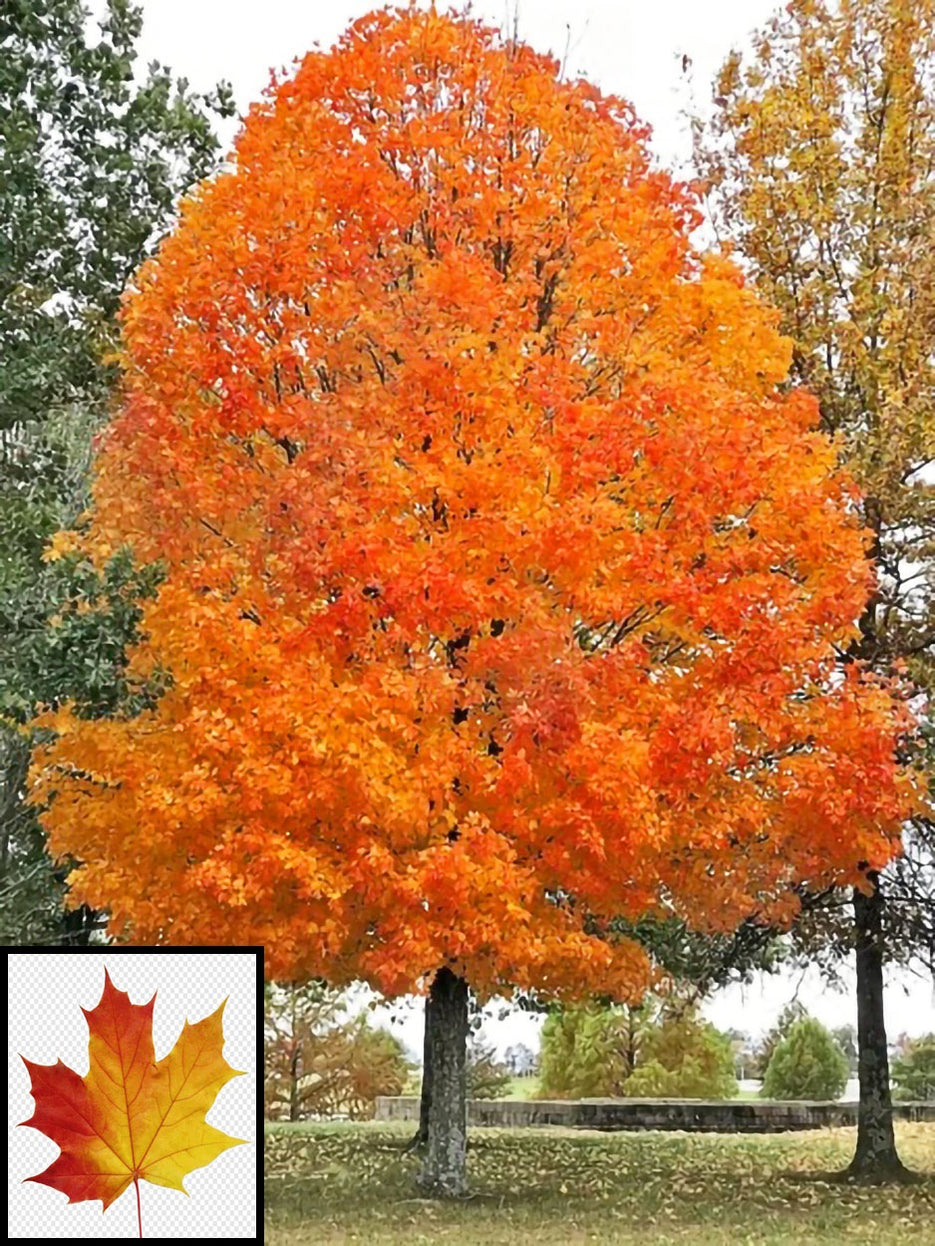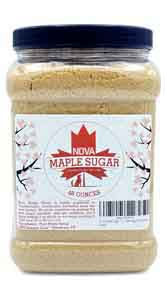

The traditional maple sugaring season in Connecticut extends from early February until late March, depending greatly on the weather. The season is short and subject to weather conditions. Lack of good preparation often results in a poor season.


A final cleaning, careful examination and even testing of equipment is the sugarmakers last task before the start of syrup season. Tasks such as cutting and splitting firewood for the sugarhouse and stringing and/or repairing the tubing in the sugarbush have taken place months before. Months before the start of the short maple syrup season, the sugarmaker has been preparing for the upcoming spring season. MSPAC offers a Maple 101 course once a year.
#Maple sugar download
You may also download a glossary of terms.
#Maple sugar full
For a full description of the step-by-step process, download the Connecticut Maple Syrup Producers Manual. But the end result is still that beautiful, wonderful tasting amber liquid we call maple syrup. While the basic steps are the same as hundreds of years ago, new processes and technologies have been developed which have increased productivity and ensured consistent high quality syrup. The five steps involved from start to finish are: (1) preparing for the season (2) determining WHEN to tap (3) identifying the trees to be tapped and tapping them, (4) collecting the sap and processing (boiling/evaporating) it (5) filtering, grading and packing the syrup. The simple description is that you collect sap from sugar maple trees and boil (evaporate) it until it reaches the proper density for syrup. Use this at a 1:1 ratio in any recipe that calls for regular white sugar.The fundamental steps for making pure maple syrup are basically the same as they were hundreds of years ago when the Native Americans first did it and then introduced it to the early immigrants from Europe. The result is your home made maple sugar. At this point, transfer your large chunks into a coffee grinder or blender and pulse blend everything, until all of the maple sugar passes through the fine mesh strainer. Sift the maple sugar through the screen until you are left with the pieces that are too large to pass through the screen. Once cooled, scrap your sauce pan full of maple sugar into a fine mesh strainer positioned over a bowl large enough to catch the maple sugar in. Maple Sugar CrystalizingĪt this point, you can switch over to using a spoon to continue mixing the maple sugar until it has cooled and lost the majority of it’s moisture. Shortly after the liquid begins to thicken and lighten in colour, the liquid will magically turn into a powdered form. The liquid in the pot will begin to change to a lighter colour, and will begin to thicken slightly. Remove your pot from the burner and immediately start mixing with your hand blender on the lowest setting. Once you have reached 128C, or 262F, it’s time for the real fun to begin. Watching your thermometer closely at this stage is critical. In order to make maple sugar, we need to bring the temperature up to 128C, or 262F. Maple Syrup Reaching Boiling Pointįinished maple syrup is boiled to 104C, or 219F. Your maple syrup will begin to boil violently as it comes up to maple sugar temperature, so be prepared to lift the pot off of the burner for a few seconds if the syrup gets too close to the top edge of the pot. Keeping a close eye on the syrup as it heats is a must. The butter will help cut back on the syrup foaming up as you bring it up to temperature. Also at this point, spread a small amount of butter on the inside edge of your sauce pan. Start by emptying your maple syrup jar into the sauce pan. You’ll need a sauce pan, a small amount of butter (acts as a defoamer), some maple syrup, a thermometer you can trust, a hand blender, spoon or whisk, a fine mesh strainer and a coffee grinder or blender. To make maple sugar, the process is rather simple.


 0 kommentar(er)
0 kommentar(er)
